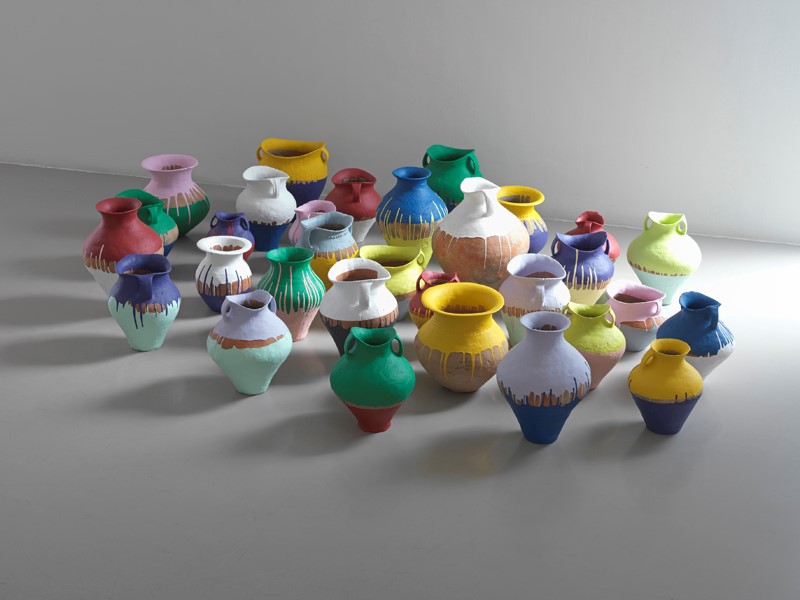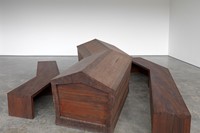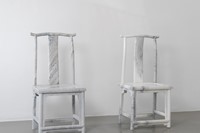A look at two new London exhibitions dedicated to highlighting the Chinese artist's cultural importance
Who? Ai Weiwei – artist, curator, architect and social activist – is perhaps the best-known and most successful contemporary artist in China. One of the leading controversial figures of his generation, he has consistently displayed great courage in placing himself at risk to affect social change through his art. Despite his success as an artist at home (he received the Chinese Contemporary Art Award for Lifetime Contribution in 2008), Weiwei has frequently found himself at odds with the Chinese government in his stance on free speech and human rights. On 3 April 2011, the artist was detained by Chinese authorities and has not been seen or heard from since.
What? Whilst his whereabouts and condition are unknown, Weiwei's work has been shipped to London, New York and Switzerland. This week saw the opening of two exhibitions in London dedicated to highlighting his cultural importance. Lisson Gallery is presenting a broad selection of his key sculptural and video works from the past six years, agreed with the artist at the beginning of 2011. The 13 works on display are given enough space for careful contemplation, highlights of which include a haunting empty wooden coffin and two empty marble chairs, his striking series of Coloured Vases (2010, 2009) and a large wooden polyhedron made using traditional Chinese techniques. Weiwei's imposing marble Surveillance Camera (2010) references the CCTV cameras mounted by the authorities outside his Beijing studio that had monitored his comings and goings for years. There are also two mesmerising films, which serve as poignant portraits of Weiwei's homeland. Meanwhile, Somerset House is hosting Weiwei's first outdoor public sculpture. It comprises 12 monumental bronze animal heads re-creations of the traditional Chinese zodiac sculptures arranged in an arc around the courtyard. They originally adorned the fountain-clock of Yuanming Yuan, an 18th century imperial retreat just outside Beijing.
Why? This is not only an important opportunity to fully explore the work of a significant artist but also an opportunity to consider the complex social and political story that surrounds him. The Lisson Gallery have dedicated the final wall of the exhibition to a selection of press clippings relating to the artist's continued imprisonment over his supposed crimes. Walls outside the gallery space are plastered with posters drawing attention to the Free Weiwei campaign. Support has also come from galleries, artists, governments and the public in the form of petitions and protests and a film is planned for launch later this year. And MIT have published a book of English translations of Weiwei's blog posts. For more than three years, Weiwei blogged a steady stream of scathing social commentary, criticism of government policy, thoughts on art and architecture and autobiographical writings. The site has since been removed by Chinese officials. For its June issue, Dazed & Confused's Global Activism Special features Weiwei as its cover star. A powerful, striking portrait taken after surgery for a cerebral haemorrhage a few weeks after being beaten by Chinese police, showing the scars on his head is accompanied by a previously unpublished interview with the artist.
Ai Weiwei runs at Lisson Gallery until 16 July; Circle of Animals/Zodiac Heads runs at Somerset House until 26 June after which they will tour internationally. Ai Weiwei's Blog, Writing, Interviews, and Digital Rants 2006-2009 published by MIT is on sale now.



